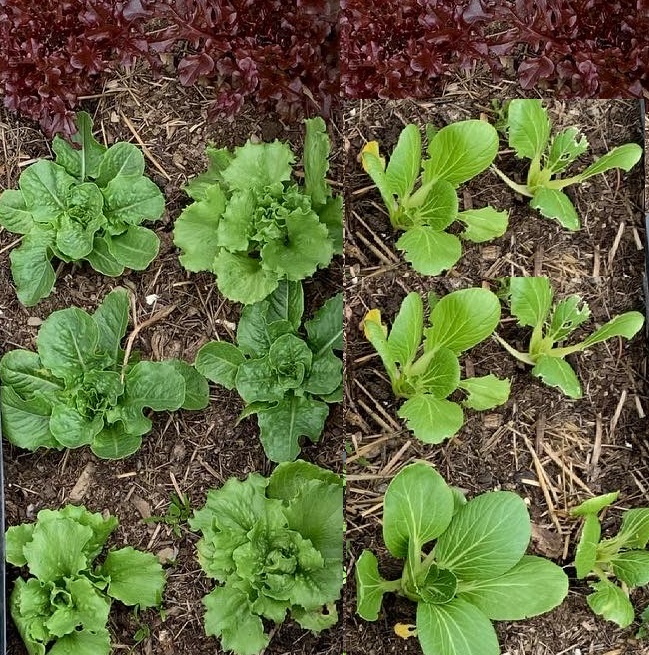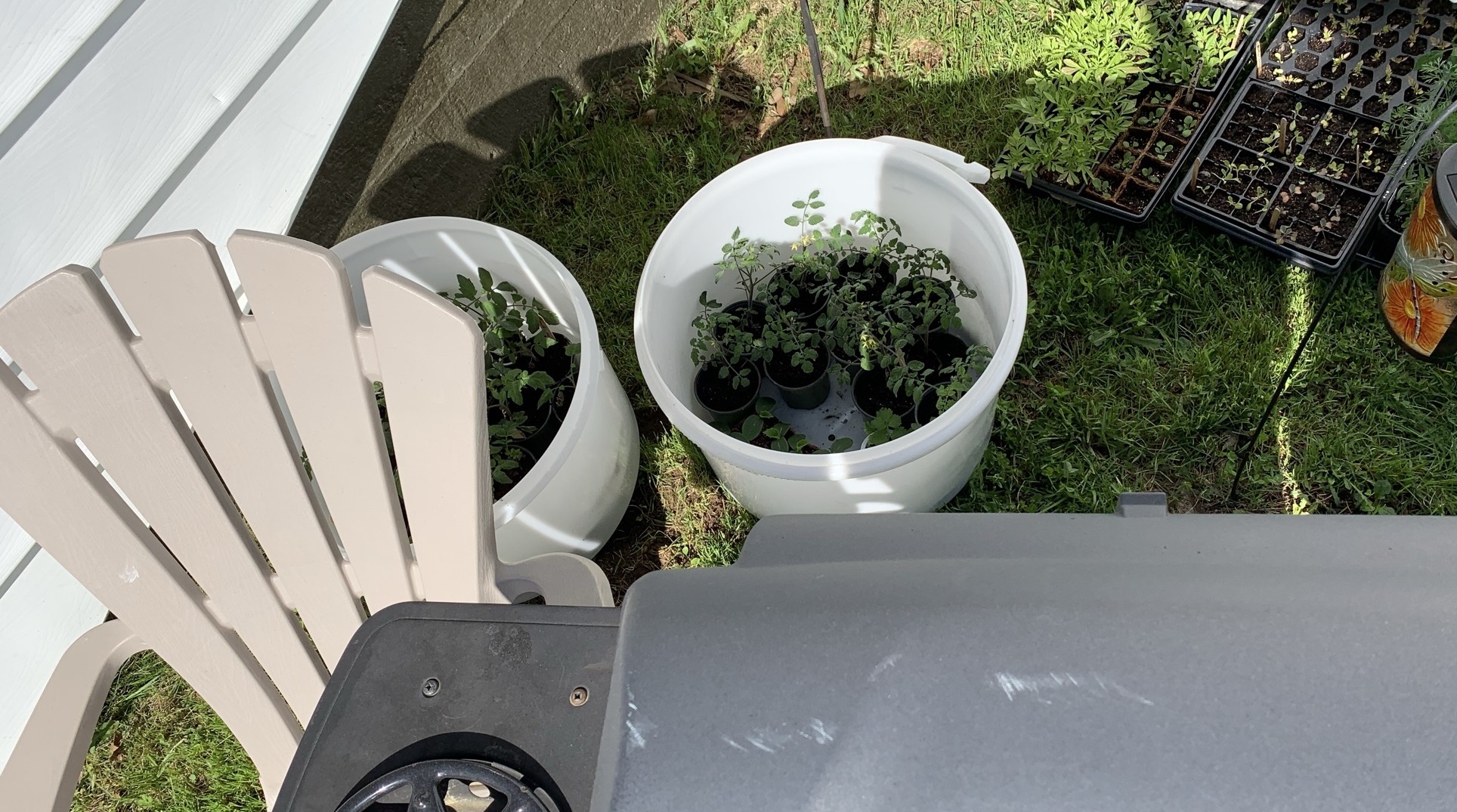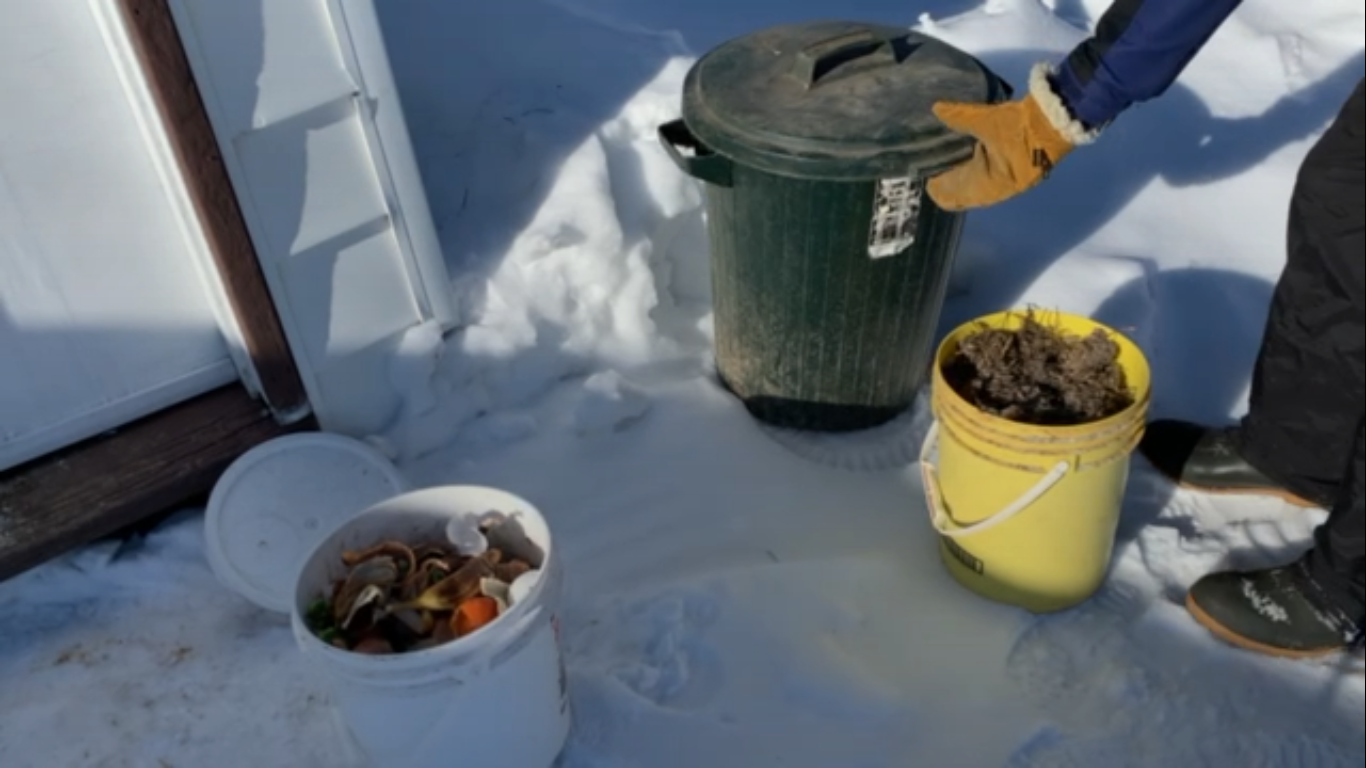After plot preparation, buying seeds and/or plants is the first critical step to successful vegetable gardening.
Here are a few things to consider before buying seeds
1. Should you be buying seeds or plants?
2. What varieties should you grow?
3. How many seeds or plants should you buy?
Should you be buying seeds or plants?
In a northern climate, it simply is not feasible to direct seed all plants directly outside. Of course you still have the option of buying seeds and starting your own plants indoors. If you are new to gardening or one of these people who kill house plants, you may find it easier to buy your plants either online (which can be risky for live plants) or at your local nursery.
Even in a northern climate, some plants such as carrots, beets, corn, peas, beans, Swiss chard, and spinach are much better direct seeded outdoors rather than attempting transplants.
Some other plants such as broccoli, cauliflower, and cabbage are quite frost tolerant but have tiny seeds and take a long time to get started. You can direct seed these plants outside but it is easier to start with transplants and you will get your first produce sooner.
Tomatoes, peppers, melons and other heat-loving plants don’t stand a chance unless either started inside, 6 to 8 weeks before the last frost, or bought as plants from a local nursery.
Cucumbers, squashes, and pumpkins can be direct seeded outside about one week before the last frost date, or you can wait until all risk of frost has passed and then set out transplants. (If you decide to start your own seedlings indoors, you will find they grow faster than peppers and tomatoes. Start them about 3 to 4 weeks before the last frost date.)
What varieties should you grow?
Buying seeds doesn’t only involve choosing the right vegetables but also choosing the right variety of each vegetable. This is where an old-fashioned seed catalog comes in handy. Take your time and read through the description of each variety.
Some are more resistant to particular diseases. If late blight is a problem in your area, you may want to consider late blight resistant tomatoes.
Different varieties also perform differently in different soils. Don’t expect to grow foot-long carrots in heavy clay or rocky soil but you might be able to grow a shorter variety.
If you live in the frost prone areas that this website focuses on, you will want the earlier maturing varieties of frost sensitive plants such as tomatoes, peppers, squash, cucumbers, pumpkins, string beans, and corn.
Perhaps you want to extend your harvest season (particularly with peas or corn) by buying seeds of several different varieties with different maturity dates.
If you are growing for market, you’ll want to keep your eye out for beans that are easy to pick, carrots that bunch well, beet greens that resist diseases, and so on.
Note the differences in flavor. Sometimes it is worth buying the more expensive varieties to get the taste. Like in everything else in life, you get what you pay for.
When buying peas, consider the height the plants will attain. Dwarf-type plants can get by with minimal support, but some of the taller varieties will need a 6 ft. fence.
When buying your beans—are they pole beans that will grow 8 feet high or are they bush beans which are much more compact?
Is your corn supersweet, or sugary enhanced, or synergistic?
If you are an organic gardener, you will want to know if the variety you choose is available as untreated seed while keeping in mind that you will need to find other ways to combat plant diseases that the fungicide-treated seed may resist.
If you are interested in saving your own seeds for future years, you will probably want to buy heirloom varieties as opposed to hybrids. (Of course, hybrids still produce seeds but you can’t guarantee that next year’s crop will have all the same characteristics as this year’s.)
How many seeds or plants should you buy?
It is always a challenge to figure out how many seeds to buy. Your seed catalog or seed company's website should give planting information including space within and between rows. Often they will tell you how many seeds to buy for a 50 ft. row. The problem of course is that you may not be planting in rows at all, and if you’re not growing for market, you probably won’t have a 50 ft. row of anything.
If you decide to get your seeds from a local supplier, buy what you think you will need and if you run short, you can always go back to get another package.
If you’re ordering online or through the mail, minimum shipping charges usually apply so you probably want to get everything you need in one order. The good news is that many kinds of seeds will store very well in a dark, cool, dry place, so if you buy too many, you can always use them next year.
Where should you buy?
Just because you get ideas from a particular company’s catalog, it doesn’t mean that is where you have to buy your seeds.
Large national companies are interested in mass-producing a product for shipping nation-wide or even continent-wide.
If you can find a smaller seed supplier that specializes in seeds for your local conditions, it is worth buying seeds from them even if you pay a little more.
You can even join a local seed exchange where members like nothing better than to save seeds from their favorite plants and exchange them.
And of course once you get some crops of your own, you can save your own seeds from your most successful plants and use them next year. Just remember that if the seeds come from a hybrid, the offspring may be different from the parent plant.
Last but not necessarily least, lots of supermarkets, hardware stores, farm stores, and even big box stores sell packages of seeds. The disadvantage here is that you may not get the package sizes and variety choices that are available directly from seed suppliers. If you plan to plant a large garden, buying seeds at your local big box store is probably not your cheapest option.
The main thing is -- don't be timid! Get those seeds! There is nothing like the joy of seeing something grow, knowing that you planted it!



